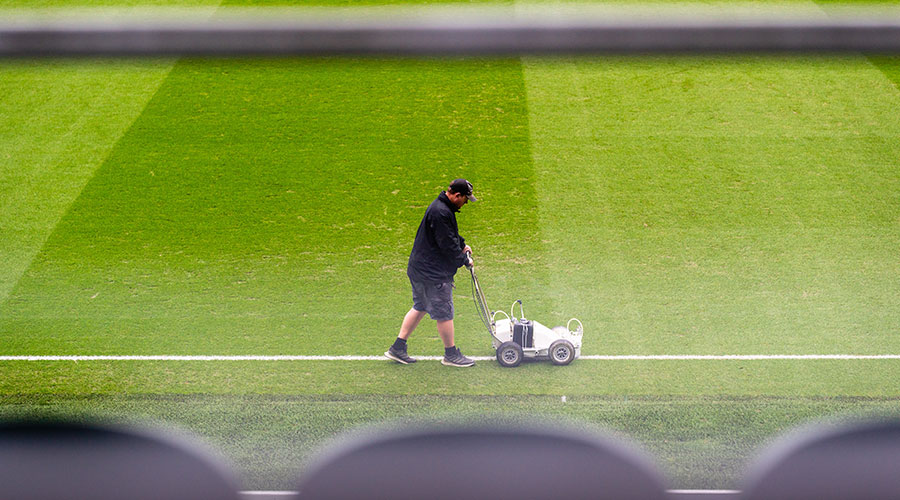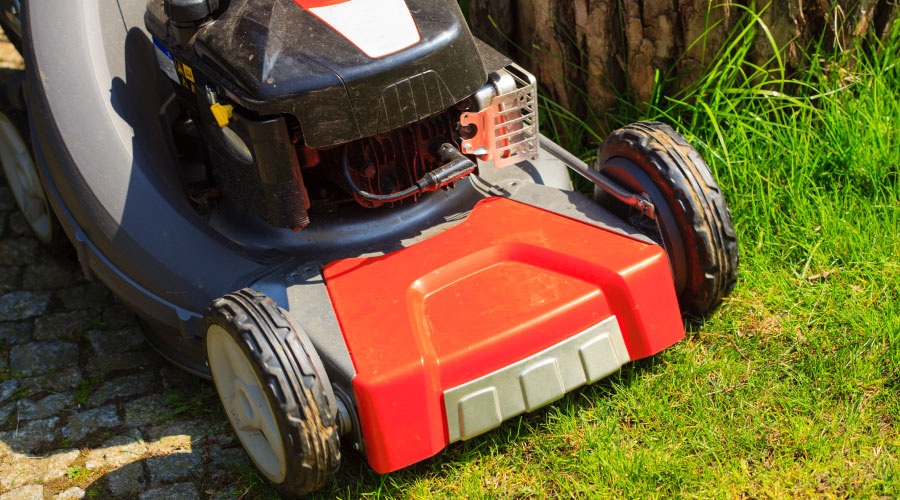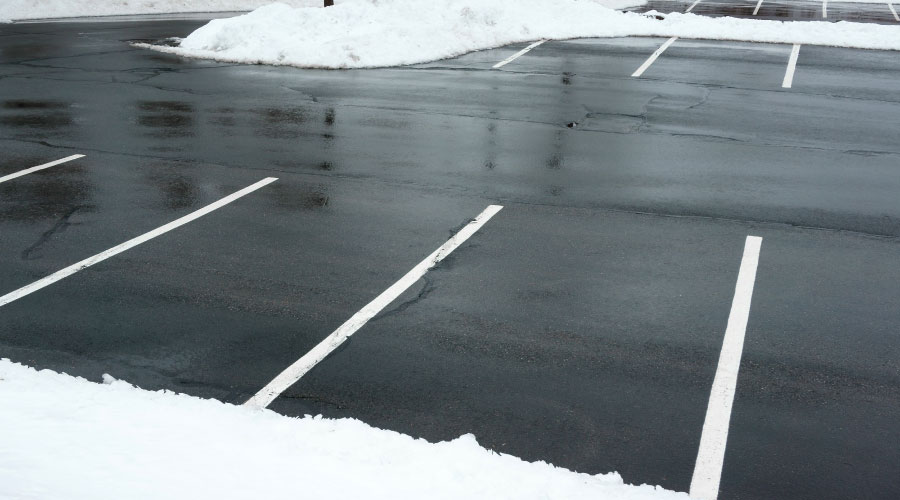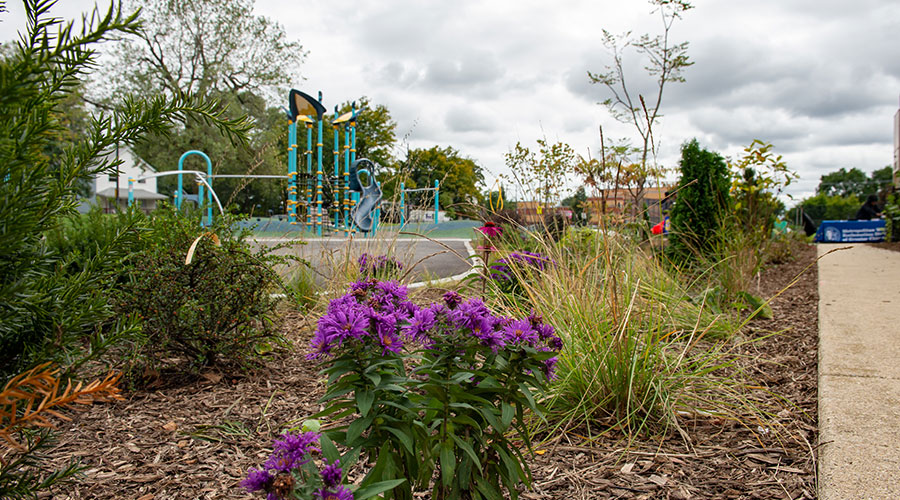Preparing Turf, Plants and Trees for Cold-Weather Conditions
While equipment gets the bulk of managers' attention in the planning for colder weather, managers also can start giving serious consideration to preparing turf, trees, shrubs and flowerbeds for the changes ahead. The challenge is to allocate resources effectively to protect key landscape elements.
"Fall and winter consists of leaf cleanup and mulching to prepare the beds for overwintering," says Susanne Woodell, historic gardens manager for the 8,000-acre Biltmore estate in Asheville, N.C., which is also a commercial and hospitality facility. "PPE (personal protection equipment) such as ear protection and dust masks, are stocked, as well as insulated gloves. Tools and supplies that would be needed for potential snow removal are inventoried and ordered as needed.
"Tender herbaceous plants are protected with extra mulch. Dahlia bulbs, which will not overwinter in the ground for us, are removed and stored in a cool, dry place to be replanted in the spring. Any spring bulbs need to be planted before ground freezes."
Managers also need to prepare the systems and structures that will house and protect necessary plants from dropping temperatures.
"Irrigation systems need to be drained and winterized to reduce damage due to freezing," Woodell says. "One of the first things we do to prepare for winter is inspect the poly on our greenhouses where we store tropical plants and make any repairs needed before October. We also cover a cold frame where perennials and roses are over-wintered. All heaters are serviced to insure they will function properly throughout the winter."
Related Topics:














